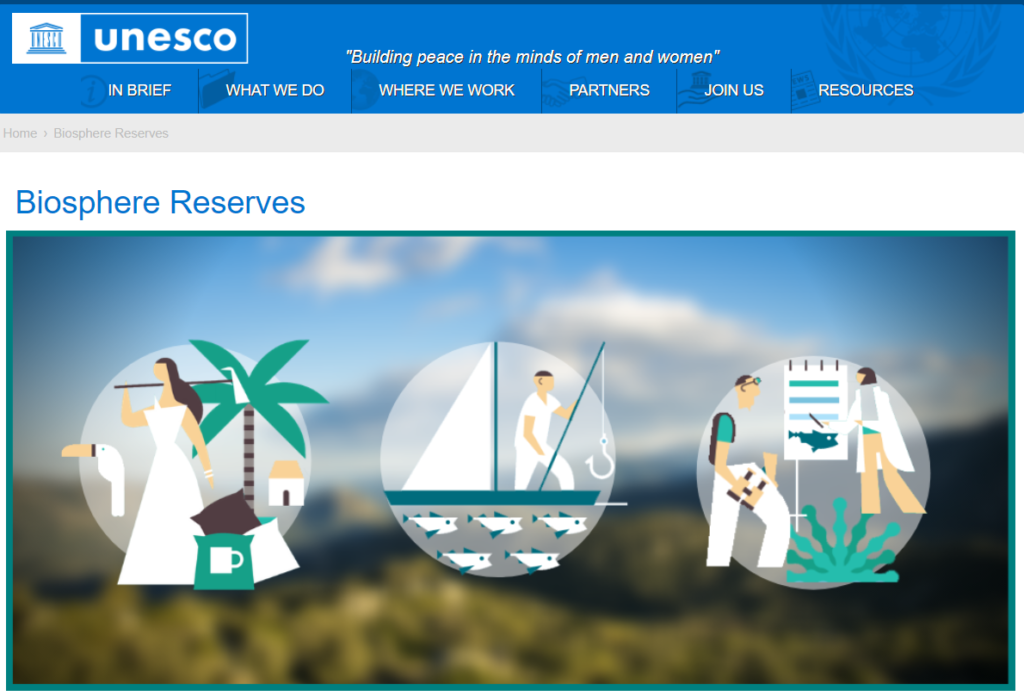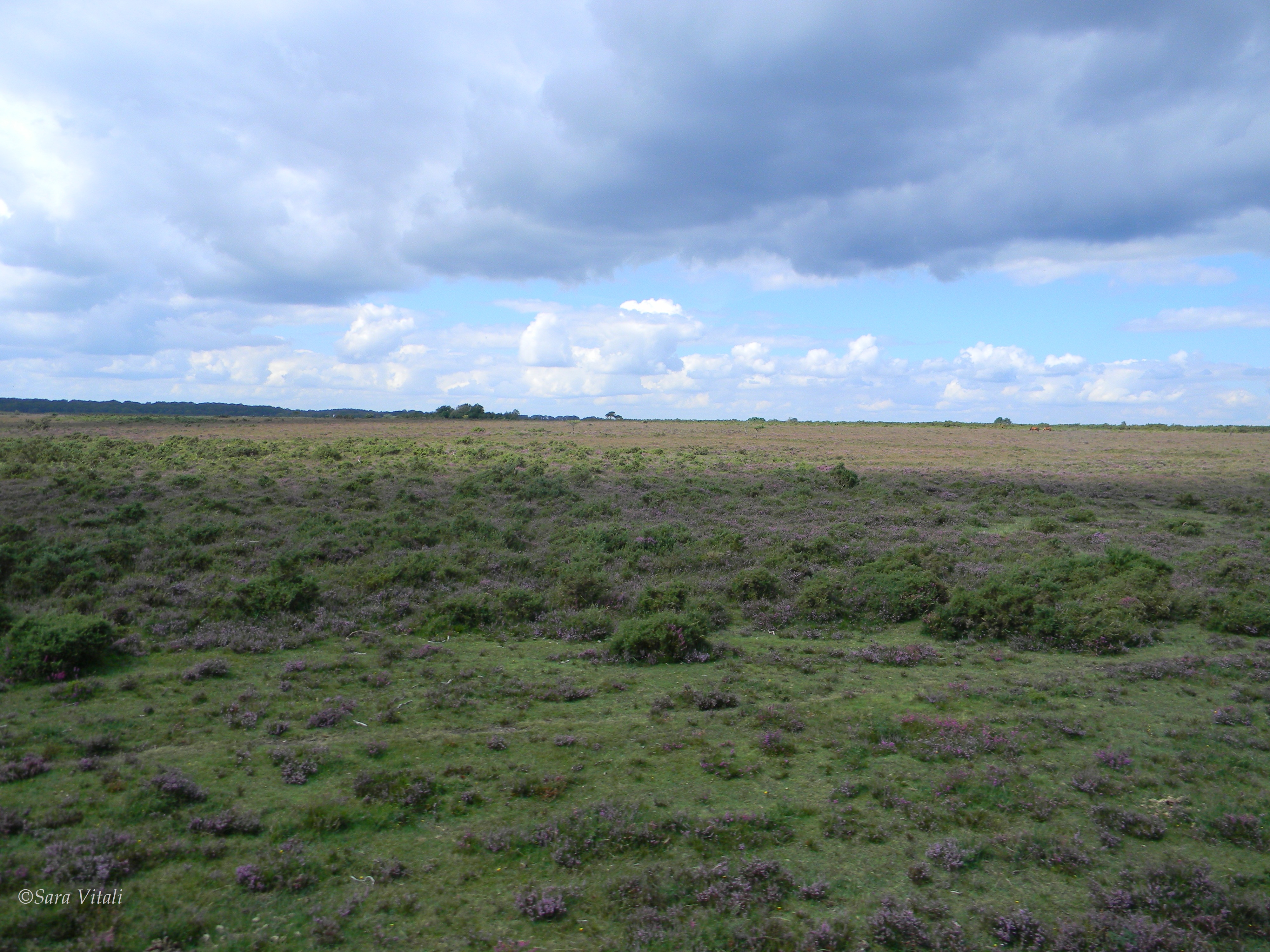Special Places: Unesco biosphere reserves, world heritage sites and national parks
Our World is full of very special places where to live and discover. Unesco biosphere reserve, Unesco world heritage sites and National parks are, in my opinion, the best area where to learn and experience the relationship between nature and human beings. To better understand these places, here is explained in detail what they are.
UNESCO Biosphere Reserve
The definition has been found on the UNESCO Biosphere Reserve website
UNESCO Biosphere reserves are sites established by countries and recognised under UNESCO’s Man and the Biosphere (MAB) Programme to promote sustainable development based on local community efforts and sound science.
As places that seek to reconcile the conservation of biological and cultural diversity and economic and social development through partnerships between people and nature, they are ideal for testing and demonstrating innovative approaches to sustainable development from local to international scales.
Biosphere reserves are thus globally considered:
- Sites of excellence where new and optimal practices to manage nature and human activities are tested and demonstrated;
- tools to help countries implement the results of the World Summit on Sustainable Development and, in particular, the Convention on Biological Diversity and its Ecosystem Approach;
- learning sites for the UN Decade on Education for Sustainable Development.
After their designation, biosphere reserves remain under national sovereign jurisdiction, yet they share their experience and ideas nationally, regionally and internationally within the World Network of Biosphere Reserves (WNBR).
There are currently (2023) 738 biosphere reserves in 117 countries, including 22 transboundary sites.

Some of the Unesco Biosphere Reserves I had the pleasure to visit and discover:
Dyfi Biosphere Reserve, Wales, UK
North Devon Biosphere Reserve, England, UK
Minorca Biosphere Reserve, Menorca, Spain
Noosa Biosphere Reserve, Queensland, Australia.
UNESCO World heritage sites
The definition can be found on the UNESCO World Heritage Sites website
Heritage is our legacy from the past, what we live with today, and what we pass on to future generations. Our cultural and natural heritage are both irreplaceable sources of life and inspiration. Places as unique and diverse as the wilds of East Africa’s Serengeti, the Pyramids of Egypt, the Great Barrier Reef in Australia and the Baroque cathedrals of Latin America make up our world’s heritage.
What makes the concept of World Heritage exceptional is its universal application. World Heritage sites belong to all the world’s peoples, irrespective of the territory on which they are located.

National Parks
The definition has been found on the Wikipedia website
A National Park is a park in use for conservation purposes. Often it is a reserve of natural, semi-natural, or developed land that a sovereign state declares or owns.
Although individual nations designate their national parks differently, there is a common idea: the conservation of wild nature for posterity and as a symbol of national pride.
Furthermore, an international organisation, the International Union for Conservation of Nature (IUCN), and its World Commission on Protected Areas have defined “National Park” as a Category II type of protected area. While ideas for this type of national park had been suggested previously, the United States established the first one, Yellowstone National Park, in 1872.
In 1969 the IUCN declared a national park to be a relatively large area with the following defining characteristics:
- One or several ecosystems not materially altered by human exploitation and occupation, where plant and animal species, geomorphological sites and habitats are of particular scientific, educational, and recreational interest or which contain a natural landscape of great beauty;
- The highest competent authority of the country has taken steps to prevent or eliminate exploitation or occupation as soon as possible in the whole area and to effectively enforce the respect of ecological, geomorphological, or aesthetic features which have led to its establishment; and
- Under special conditions, visitors are allowed to enter for inspirational, educative, cultural, and recreative purposes.
In 1971 these criteria were further expanded, leading to more transparent and defined benchmarks to evaluate a national park.
These include:
- Minimum size of 1,000 hectares within zones in which protection of nature takes precedence;
- Statutory legal protection;
- Budget and staff sufficient to provide sufficient adequate protection
- Prohibition of exploitation of natural resources (including the development of dams) qualified by such activities as sport, fishing, the need for management, facilities, etc.
While national parks are generally understood to be administered by federal governments (hence the name), in Australia, national parks are run by state governments and predate the Federation of Australia; similarly, national parks in the Netherlands are administered by the provinces.
In many countries, including Indonesia, the Netherlands, and the United Kingdom, national parks do not adhere to the IUCN definition. In contrast, some areas adhering to the IUCN definition are not designated national parks.

Some of the National parks I had the pleasure to visit and discover:
New Forest, England, UK
Daintree, Queensland, Australia
Cinque Terre, Italy
Snowdonia, Wales, UK
La Soufriere National Park, Guadeloupe
Puʻuhonua o Hōnaunau National Historical Park, Kona, Hawaii Island, Hawaii,
Sara – tourism sector consultant
PS. Do you want to GROW your business with POSITIVE impact… without huge investments? Sign up for the email list by clicking on START HERE!
Or click this link https://www.sustainabletourismworld.com/start-here/ to download my INFOGRAPHIC!
